Hormones
For many acne sufferers, outbreaks begin at puberty because the body begins to produce hormones called androgens. These hormones cause the sebaceous glands to enlarge. In acne sufferers, these glands are over stimulated. Changes in androgen levels are also responsible for acne flare-ups associated with the menstrual cycle, pregnancy and menopause.
Oily skin
When the sebaceous gland is stimulated by androgens, it produces extra sebum (oil). Sebum mixes with common skin bacteria and dead skin cells that have been shed from the lining of the follicle. While this process is normal, the presence of extra sebum in the follicle increases the chances of clogging and can cause acne. Stress levels have also affected sebum production and can increase severity of acne.
Bacteria
The bacterium Propionibacterium acnes, (P. acnes for short) is present on all skins and is part of the skin’s natural sebum maintenance system. Once a follicle is clogged, P. acnes bacteria multiply rapidly, causing inflammation in the follicle and surrounding skin.
Inflammation
Unwanted bacteria on the skin will cause an immune response resulting in sore, red spots and cysts. There are many kinds of acne treatments available. Acne is highly individual and response to treatments will vary from person to person. Often a combination of several different treatments are necessary.





